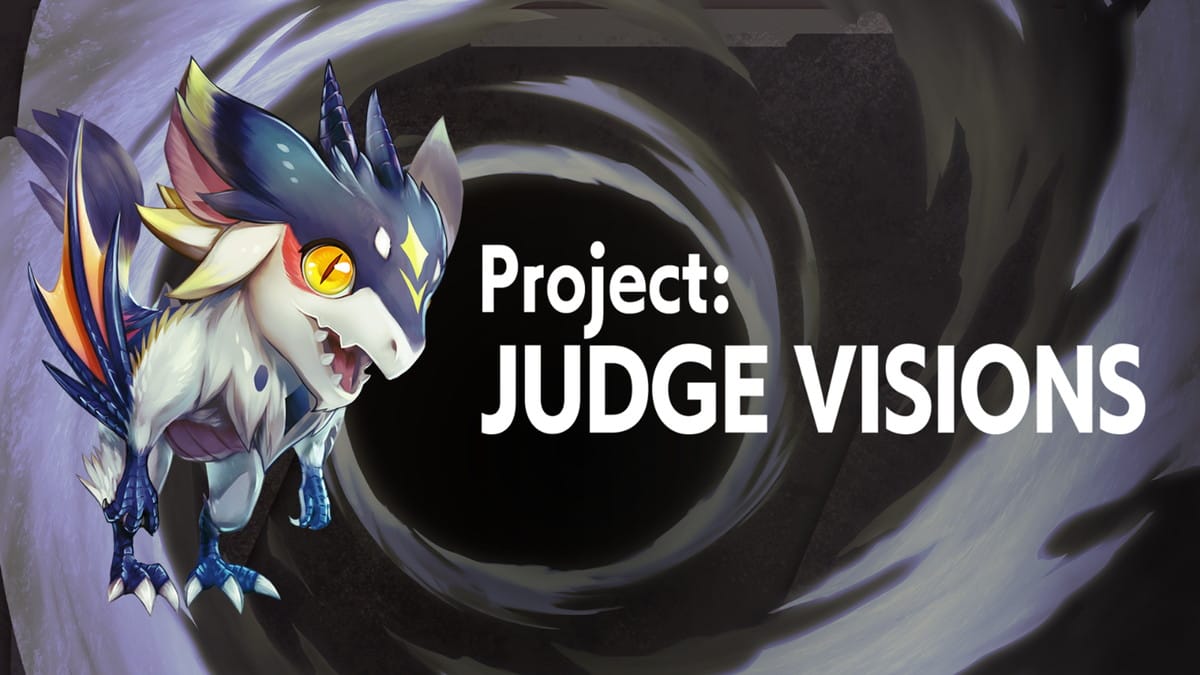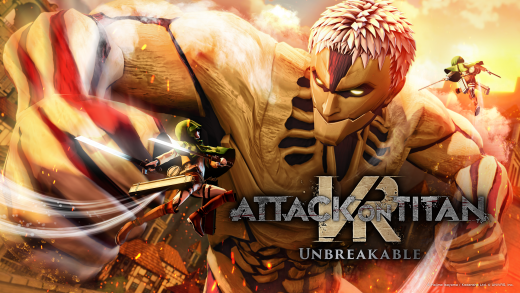
Can card games succeed in VR?
Back in February, I was lucky enough to reach out into the world of Yu-Gi-Oh! in VR in an experiment that sought to bring the card game to life, with the character interactions and holograms for monsters that you would expect. It was the dream of fans, and if there was only one complaint amidst the slack-jawed awe of the experience it would be that, as a proof of concept above all else, you have a relative lack of control and interactivity in determining the outcome. Project Judge Visions, a new experiment from GYAAR Studio, Bandai Namco’s energetic group of new graduates, gives you a card game test case with exactly that level of strategic pondering in the heat of battle.
Out now for free on App Lab, this release from Bandai Namco in partnership with ADOOR follows in the steps of other GYAAR Studio releases: rather than creating the company’s next big IP, GYAAR Studio is best described as an incubator for the next generation. On one side, the label supports external indie developers through regular attendance at Japanese indie game events and online indie contests with prizes, including funding to help bring their games to fruition.
On the other, in-house new graduates joining Bandai Namco from university can join the team and have a chance to try new ideas and build experience in roles of responsibilities that could later go on to new major titles, but will at least provide the developers with the experience they need to jump into the company’s biggest franchise and IP and become the creatives of the future.
This is the program from which other freebie flatscreen experiments have been released on Steam, like Doronko Wanko and Boomeroad. It’s also the program that brought Project Judge Visions to life.
Within this experience is a Magic the Gathering-esque card game, where you fight various monsters in a series of battles that bring the monsters on the cards to life. Project Judge Visions’ rules follow MTG’s rules closely: you have a set number of action points per turn to summon monsters and use effect cards. You can control up to two monsters at a time with various summoning requirements, although once on the field they can make an attack without paying a cost. Effect cards can do everything from inflicting damage, giving you a shield to doubling the power of the next attack. Beyond protecting your own HP and the HP of your monsters the aim is to reduce the HP of the wild creatures you encounter to zero in order to advance.
If the Yu-Gi-Oh! VR experience was more scripted, you can put Project Judge Visions in the realm of Cards & Tankards, a game with strategic depth where you have complete control over strategy and approach to battle. Cards hover over your left hand, which also acts as the deck from which you draw at the start of each turn until you hold five cards in your hand. You select each card to summon it to the field or, in the case of effect cards, point toward a monster in order to use it. You attack by first selecting your own monster and then selecting your target on the other side of the field.
Project Judge Visions seems pretty straightforward with a familiar ruleset, though a limited card pool is certainly not going to be as in-depth as a dedicated major release like the aforementioned Cards & Tankards. Yet there’s something undeniably satisfying about controlling these giant creatures as they battle around you, to the point that I even flinched when I thought a strong attack was approaching.

As a prototype, it’s not the deepest card game I’ve played, and you’ll soon get to grips with everything you need to know to inflict maximum damage. It lacks story content, also, and as of writing is only available in Japanese. When speaking to one of the lead creatives at BitSummit, they did express a desire to release it in English down the line, although no plans are currently confirmed.
It’s also free, though, and the monster models that rise up to fight alongside and against you are impressive. If you can overcome the language barrier or find a card translation, there’s fun in this experience, and it’s more than worth the time to see these card battles come to life.
While we have no present indication of this, if Project Judge Visions was one of GYAAR Studio’s experiments they saw potential in developing further, or the team would graduate into leading their own VR projects within the grander Bandai Namco portfolio, we have plenty more to look forward to from here.


